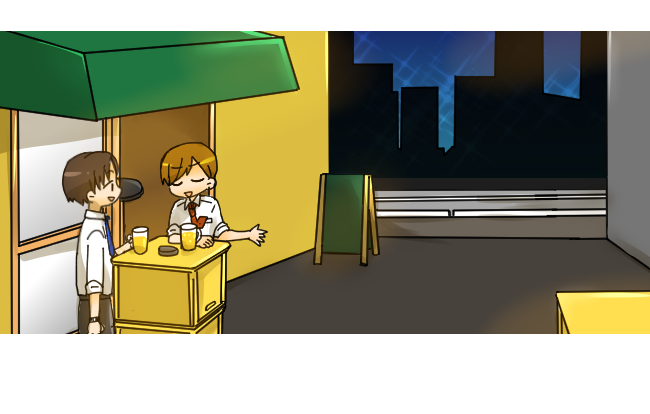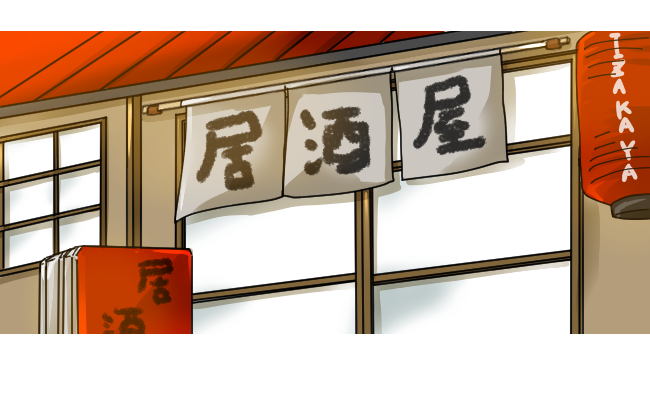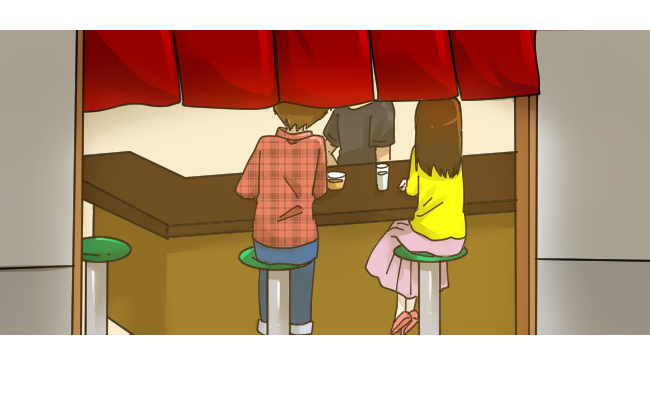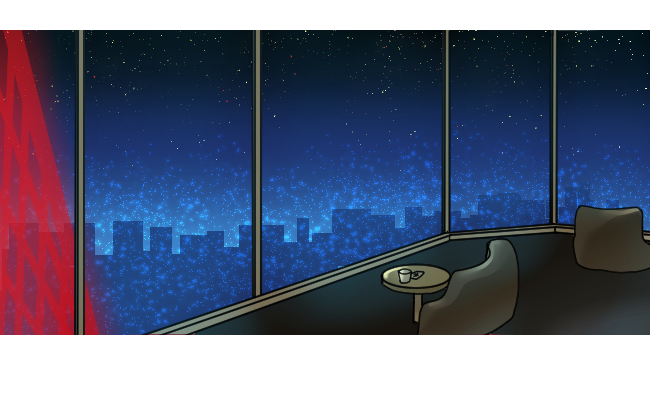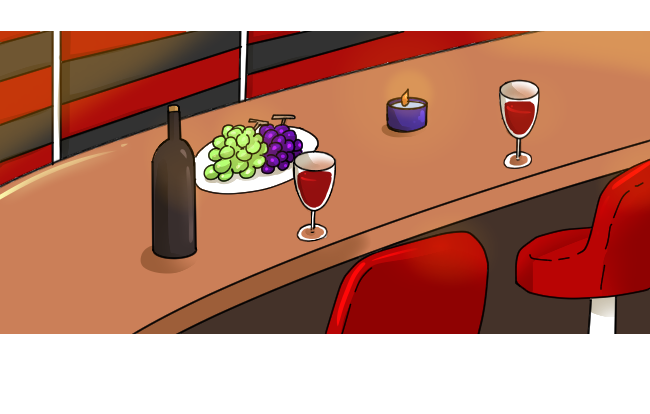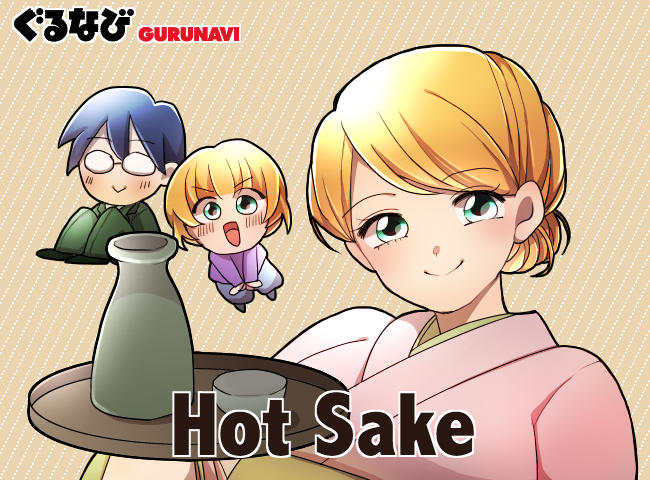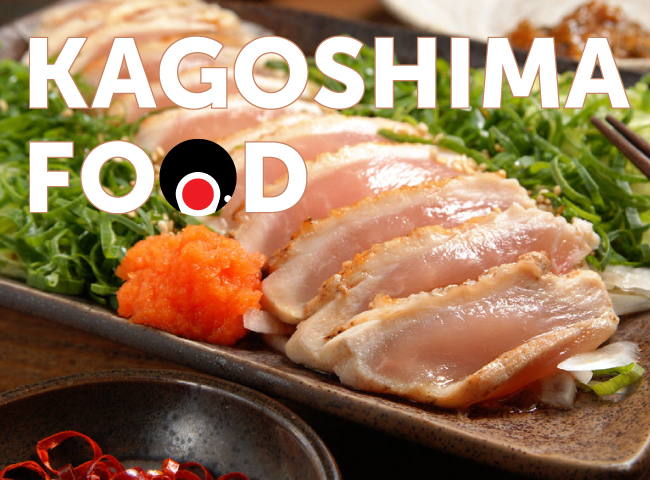Guide to Japanese Bars: From Tachinomi to Yokocho
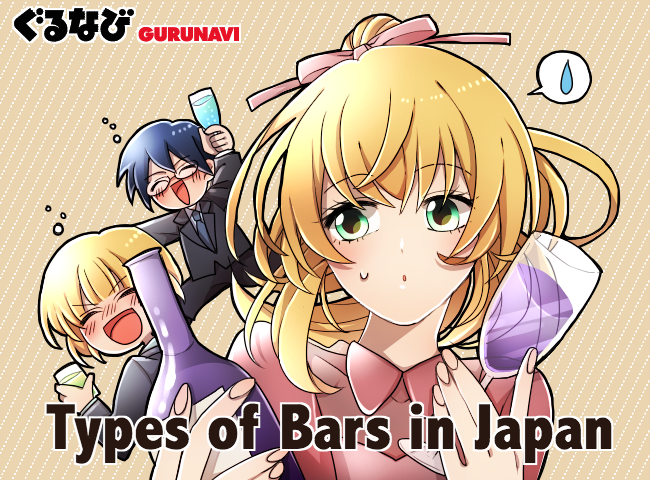

Japan has long had an affinity for drinking. The earliest record of the Japanese enjoyment of alcohol dates back to the 3rd century classical Chinese text “Records of the Three Kingdoms”, which describes the ancient people of Yamato drinking and dancing. At the time, the first alcoholic beverage produced in Japan was sake (rice wine), known in Japanese as “nihonshu”. This was followed centuries later by shochu from the 16th century, and then beer, which was brewed in Japan from the 17th century.
Drinking is still central today in daily life, for both social occasions such as office nomikai (drinking parties), and festivities such as hanami (flower viewing) picnics in the springtime. Read on to learn all about the different kinds of bars in Japan.
Feeling Thirsty? Here’s 10 Types of Bars in Japan
Tachinomi
Tachinomi, or “standing bars”, offer a lively, no-frills environment for grabbing a casual drink and a few bites after work. Although these were traditionally Japanese bars catering to the working class, in modern times tachinomi establishments have become a hip place for drinking, and you can find chic tachinomi sake bars and epicurean tachinomi wine bars offering a selection of charcuterie. Tachinomi bars are usually crowded, so if you visit one, try to grab an open table or look around for a space to squeeze in. Be sure to order drinks right away, and leave as soon as you finish your drinks, to allow other guests to enjoy the bustling experience.
Read More: Tachinomi 101: Your Guide to Japan's Quirky Standing Bars
Izakaya
Izakaya are Japan’s traditional epicurean gastropub, a place to enjoy beer, Japanese spirits, and good food. They first appeared as sake bars during the Edo period, which over time began offering small bites of food to customers to enjoy along with their drinks. Today, they are one of the main food and drink establishments in Japan. The style may range from the traditional, where you take off your shoes to sit in a section with tatami flooring, to the modern and polished. One trait that is common across most izakaya, however, is the practice of offering “otoshi” or a small dish of food to go with your first drink that doubles as a sort of table charge. A night at this type of Japanese bar is an unmissable experience!
Karaoke
Japan, the country that invented the art of singing along to canned music, has evolved its own unique way to enjoy karaoke and a good drink. While most Westerners’ experience with karaoke involves drunken singing in front of a large crowd at a bar, karaoke establishments in Japan are designed as halls of private—although not totally soundproof—rooms. They’re found all throughout Japan and typically are open late into the evening, until the early light of morning. Many karaoke joints offer a range of food and drinks, including a “nomihodai” (all you can drink) option.
Yokocho Bars
The term “yokocho” refers to the alleyways off of busy main roads where one can find and drinks in the evening. It’s the perfect location for a pub crawl, with strings of drinking establishments packed closely together along the narrow side street. Yokocho establishments vary from tiny pocket-sized bars that seat only a handful of people to bigger izakaya serving food and drinks. Most yokocho bars have a seating charge known as “otoshi”, so don’t be surprised to find that the peanuts offered to you by the bartender when you sat down weren’t complimentary.
Snack Bars
The exact definition of a “sunakku”, or snack bar, can be difficult to pin down, but it’s usually a bar run by an older woman called the “mama” who sees to the comfort of her patrons by pouring drinks, lighting cigarettes, making small talk, and singing along with them in karaoke. Although heavily associated with the over-40 crowd, sunakku have seen a revival in recent years. This may be because young people in Japan are finding the down-to-earth sunakku scene as more authentic than the overly polished bars and clubs targeted towards young people. Sunakku a truly unique Japanese bar experience.
Hotel Bars
In Tokyo especially, the hotel bars found at the top of the city’s numerous high rises offer stunning vistas of the city skyline for a premium price. Although it can be a bit expensive, a drink at one of these towering skyscraper bars is an excellent choice for a special night out with high quality drinks and bar food. Many bars offer live jazz music, and the quiet murmur of strangers’ voices in the background against the rustling piano is the perfect setting for enjoying a good drink and fantastic view.
LGBTQ Bars
A vibrant gay bar scene can be found both in Tokyo and Osaka. In Tokyo, the Ni-chome district of Shinjuku is home to hundreds of pocket-sized bars making it the highest concentration of gay bars in the world. The bars typically seat fewer than a dozen and are known for their specific themes, which can range from the style of the bar’s interior to the types of customers served. Although a bar may seem unwelcoming if you don’t fit their particular theme, find one that fits and you’ll be warmly welcomed.
In Osaka, the primary gay scene for the under-40 crowd is around Doyama, close to the Umeda/Osaka Station complex which offers small relaxed bars, livelier clubs and drag shows, and even saunas. The people of Osaka are known for their friendliness and this definitely extends to the LGBT scene. Other gay and lesbian districts can be found in the Namba/Shinsaibashi area and the Shin-sekai area to the south.
Beer Halls & Gardens
Another foreign-style drinking establishment, German beer gardens and halls are incredibly popular during the summertime in Japan. They are usually found on the rooftops of hotels and department stores, as well as on the terrace of restaurants and bars. One famous beer garden can even be found at the peak of a local mountaintop in Tokyo. Although dining al fresco can be uncomfortable in the summer humidity of Japan, a beer is a great way to escape the heat.
Wine Bars
Although not traditionally Japanese, wine bars are a highly popular type of bar in Japan, serving vintages from around the world, in particular Spanish, Italian, French, and Australian wines. This is matched by European-style food, including small plates like bagna cauda, olives, bread, cheese, and charcuterie. Japan has also been producing wine domestically since the late 1800s, mainly around Yamanashi, Nagano, Yamagata, and Hokkaido prefectures. Be sure to give one of Japan’s many domestic wines a try when you visit bars in Japan, as they are not widely available outside of the country.
Cocktail Bars
While cocktail bars have recently experienced a revival in America and other countries, artisan cocktail making never faltered in Japan and is among the highest level of craftsmanship in the world. Tokyo in particular is known for its cocktail bars, often found in hidden away locations, featuring hand-carved ice and elaborate concoctions served up in high-end stemware. Recently, aspects of kaiseki dining (Japan’s traditional haute cuisine) such as the use of locally sourced seasonal ingredients have found their way into Japan’s cocktail bar scene.
Visit Different Bars in Japan for Unique Insight into Local Culture
No matter whether you’re looking for a lively pub crawl or a quiet evening of introspective drinking, there are plenty of bar options in Japan to fit any kind of night out. Check out Gurunavi’s listings for the best guide to the bars in Japan closest to you. Kanpai!

